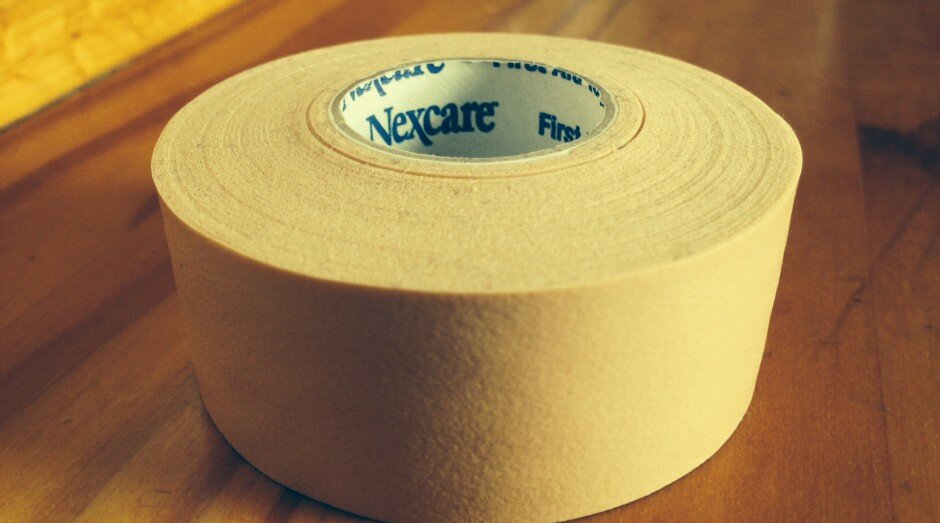Hiking Without Fear of Blisters
Controlling Blisters During Your Hike
Footwear: Since blisters are caused by the action of our feet against the inside of our shoes, considering our footwear–and how our feet fit inside them–is key. Having fit a lot of people for hiking boots and light hikers, I can tell you that the variety of foot size and shape is astounding. What I can also tell you is that from manufacturer to manufacturer, there are variations in the shape and fit of most shoes. The trick is to try a range of boots at your local outfitter and select the maker and style that’s right for your feet–regardless of how it looks. What we’re looking for is a shoe or boot with enough room for your foot to swell (as it naturally does over the course of the day) but fitted enough so that your feet won’t slide around while walking.
Socks and Liners: Once you’ve got your shoes figured out, it’s time to turn your attention to socks. Generally speaking, the stiffer the boot, the thicker the sock–but that’s certainly not a rule. A lot of folks love to wear their lightweight trail runners with a thick wool trekking sock. It’s really personal preference. However, I will state that cotton socks in the backcountry are a bad idea. Once wet they take a long time to dry out. Wet socks=wet feet, which softens the skin, making them susceptible to damage by friction. The wetness also creates a beneficial environment for bacteria, which can exacerbate already damaged skin. In general, wool and synthetic socks are best for backcountry travel. They dry relatively quickly and have antibacterial properties. And, if you absolutely can’t wear wool, check out WrightSock, the manufacturer of a double layer synthetic sock that, I can attest, is great for mitigating blisters.
Some Recommended Products for Dealing with Blisters
Insoles and Orthotics: Insoles work with our footwear to provide increased support and comfort. I’ve also found that when fitted properly these inserts help control blisters. Just as a good fitting pair of boots reduces friction, an appropriate insole lets our feet flex through a stride, while allowing them to maintain good contact with the inside of the shoe. This is in contrast to the factory insoles that are generally thin and flimsy, causing feet to slide back and forth. I’ve used Superfeet and Spenco insoles and love them both. If interested in learning more, talk to a Foot Guru at any Eastern Mountain Sports location.
Products to Consider: While we’re all familiar with moleskin, my experience with it has been less than sterling. I find that moleskin is too thick for most uses, tends to come off relatively easily and is a hassle to cut (often required). For those of you who have experienced something similar, there is a solution. A number of years ago I discovered Foam Tape–an adhesive tape made of thin foam (not much thicker than a penny) that comes in 1” and 1.5” diameter rolls. Like any athletic tape, this stuff can be wrapped around gauze and bandages. It can also be used on its own. Its stretchy, soft, and malleable properties allow users to wrap around toes, adhere to the bottom of feet and stick on the backs of heels. And being waterproof, it stays in place (it actually does!) There is never a day in the backcountry that I don’t have Foam Tape with me.
Sanitation and Hygiene: And of course, a conversation about blisters and foot care is not complete with touching on how to maintain good hygiene when outdoors. While most people could get through a day or two of hiking without thinking much about their feet, the distance hiker should consider foot care as important as hand care. If on a multi-day, I try to clean my feet each night. In my first aid kit I typically carry alcohol swabs, which I’ll use to clean the cuts and abrasions I’ve picked up over the day. After I’m done with those, I’ll wipe down my feet. It takes just a few seconds and helps to keep minor infections at bay. Tea tree oil and hydrogen peroxide work well too.
While blisters will likely remain a feature of our collective outdoor experience, I hope these suggestions will help you and your hiking partners get through your treks as close to blister-free as possible.


